
[Class 10] Difference between Saprophytes and Parasites [in Table]
Examples of saprophytes. As we saw at the beginning of the article, saprophytic organisms are represented by fungi, bacteria, and some protozoa, all of them included within the protist kingdom. Since of the three groups of organisms mentioned, fungi are the easiest to find in nature, here is a list of many of the saprophytic fungi more common:
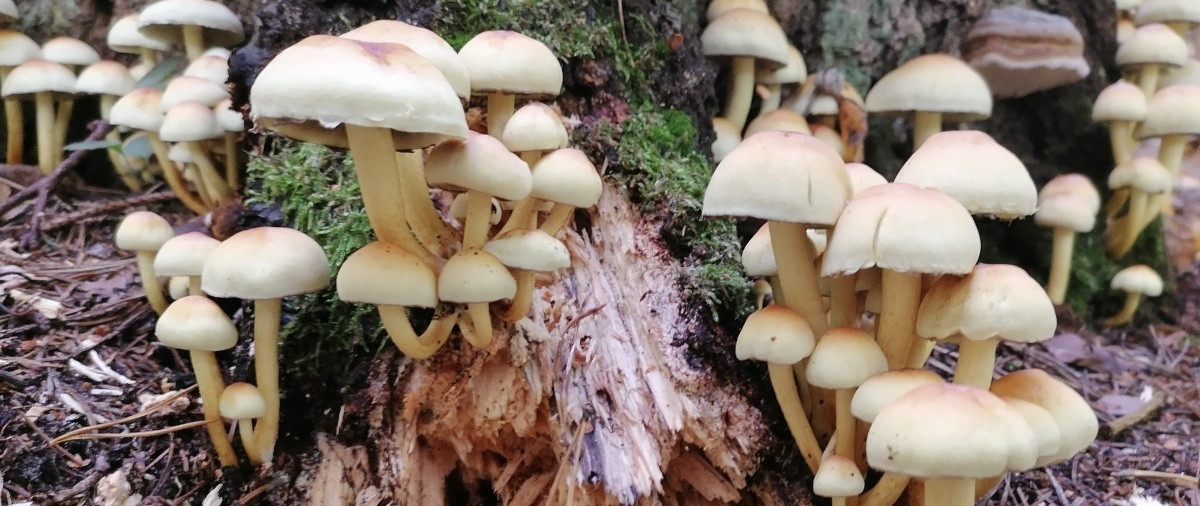
The Ultimate Guide to Saprotrophic Mushrooms GroCycle
Saprophytes hold a highly important position in the ecosystem since they help to keep the environment and surroundings clean, free of unwanted matter, and also help in the process of recycling Nutrients. Organisms that follow saprophytic Nutrition are called Saprophytes. Common examples of Saprophytes include fungi and a couple of types of.
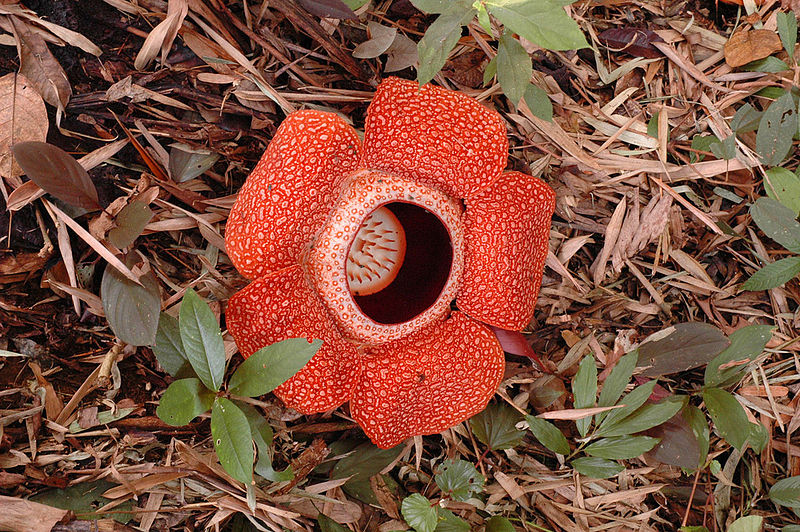
Difference Between Saprophytes and Parasites Definition, Characteristics, Role, Examples
An example of a substance that is only broken down by saprophytes is lignin, which is a major component in many plants and is what gives trees their tough characteristics.

Difference Between Saprotrophs and Saprophytes Compare the Difference Between Similar Terms
∙ Some of the common examples of saprophytes are bacteria fungi and many other microorganisms. Example:- mycorrhiza, mushrooms etc.

PPT Kingdom Fungi PowerPoint Presentation, free download ID118271
Examples of Saprophytes Saprophytes can be found in various kingdoms of life. They include: Fungi, such as mushrooms, molds like Penicillium, and yeast Some plants, like orchids and Indian pipe ( Monotropa uniflora) Certain bacteria, like those belonging to the genus Bacillus and Clostridium Characteristics of Saprophytes

Saprotroph Definition, Description, & Major Groups Britannica
Saprophytes Examples. Saprophytes, includes a variety of organisms from different taxonomic groups. They share the common characteristic of obtaining their nutrients and energy by decomposing dead or decaying organic matter. Some examples of saprophytes are as follows: Fungi. Fungi are the most known group of saprophytes.

What are Saprophytes? (with pictures)
Examples of Saprophytes Quiz FAQ What are saprophytes? Do saprophytes perform photosynthesis? Are all fungi saprophytes? How do saprophytes obtain their food? Why are saprophytes important in an ecosystem? What is the difference between saprophytes and parasites? Can plants be saprophytes?
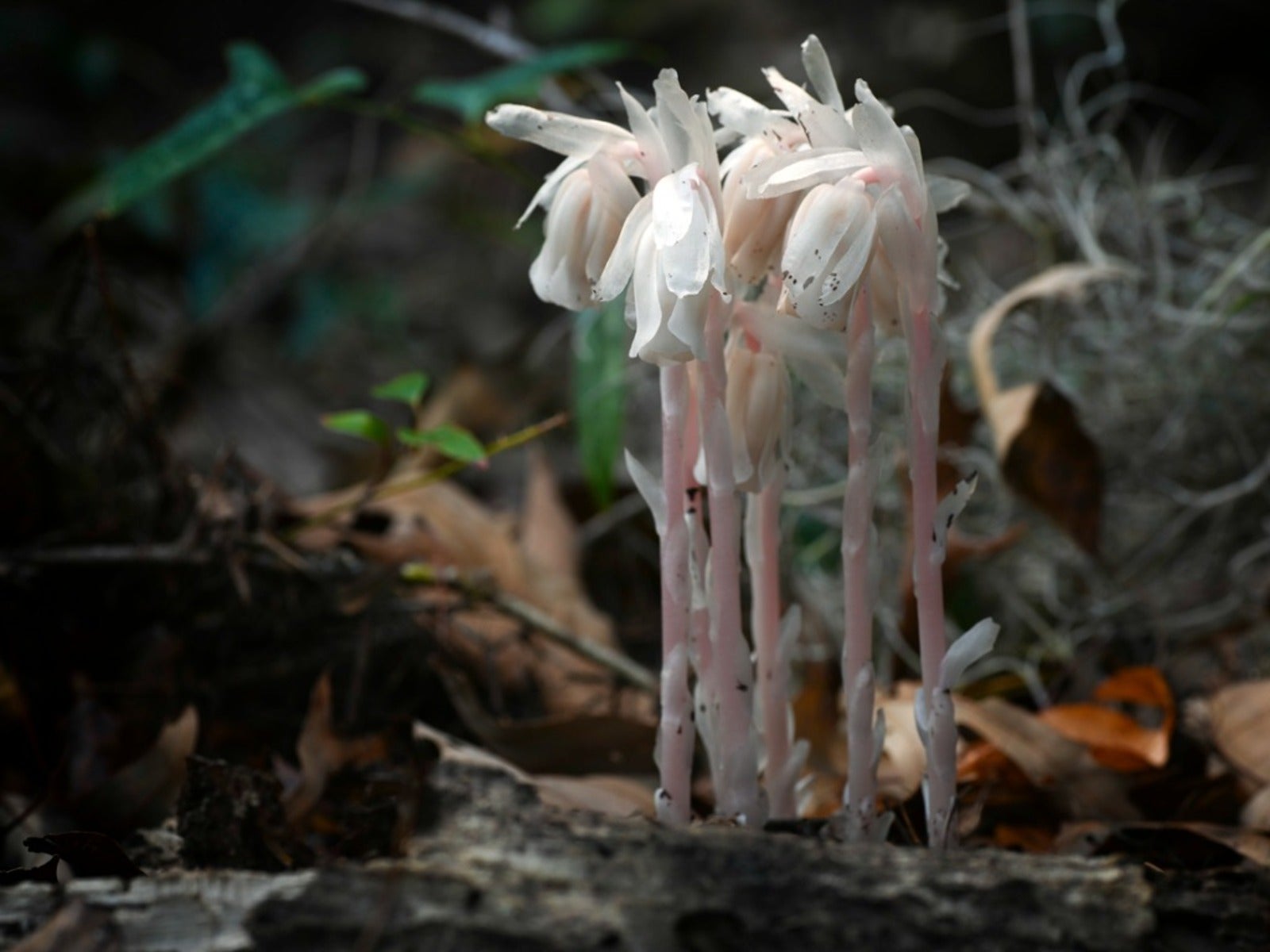
Learn About Saprophyte Organisms And Plants
Examples As mentioned, saprophyte is an umbrella term used to refer to a number of organisms that feed on dead and decaying organic material (plant matter). The following are some examples of saprophytes: Fungi: Fungi and some of the most popular saprophytes.

Saprophyte définition et explications
Saprophytes. A saprophyte is a plant that does not have chlorophyll and gets its food from dead matter, similar to bacteria and fungi (note that fungi are often called saprophytes, which is incorrect, because fungi are not plants). Plants like these use enzymes to convert organic food materials into simpler forms from which they can absorb nutrients (Figure 1b).

Difference Between Saprophytic and Symbiotic Plants Compare the Difference Between Similar Terms
The following are some examples of saprophytes: Fungi Fungi, as well as some of the most well-known saprophytes. Molds, mushrooms, yeast, penicillium, and mucor are examples of saprophytic fungi, as are other types of fungi.. Mucor can be found in large quantities on stale bread, vegetables, and excrement. There are two ways in which it.
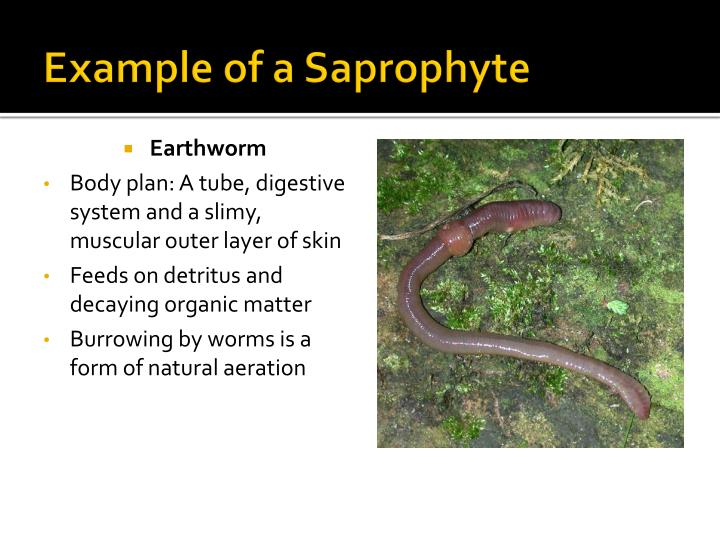
PPT Food Relationships PowerPoint Presentation ID4001434
Give two examples. Solution Verified by Toppr Saprophytes are living organisms that obtain their nutrition either directly from dead organic matter or indirectly by parasitizing fungi. For e xample, include fungi like mushrooms and bacteria like Lactobacillus. Was this answer helpful? Similar Questions

Difference Between Saprozoic and Saprophytic Nutrition Compare the Difference Between Similar
The most important source of BNF is the symbiotic interaction between soil bacteria and legume plants, including many crops important to humans (Figure 31.3.1 31.3. 1 ). The NH 3 resulting from fixation can be transported into plant tissue and incorporated into amino acids, which are then made into plant proteins.

How does a saprophyte digest its food? Brainly.in
Following are a few examples of saprophytes: Mucor Mucor, also known as mould, is a saprophytic fungus that grows on decayed organic matter, especially those that are rich in carbohydrates. Mucor is majorly found on stale bread, vegetables and dung. It reproduces by sexual and asexual means. Yeast Yeast is commonly found on sugary substances.

Explain the Two Different Types of Nutrition That Fungi Undergo
Give two examples Solution Saprophytes: Saprophytes are living organisms that eat other organisms' remnants. They decompose complex organic stuff into simpler molecules that plants can utilize in several metabolic processes. They are heterotrophs. Most fungi are saprophytes. Example of saprophytes: Yeast Mucor Suggest Corrections 22

Saprotrophs and Symbiotic relationship Learning Concepts Science Class 7 YouTube
Saprotrophs feed by a process known as absorptive nutrition, in which the nutritional substrate (e.g., dead organism or other nonliving organic matter) is directly digested by a variety of enzymes that are excreted by the saprotroph. The enzymes convert the detritus into simpler molecules, which are then absorbed by the cells to feed the organism.
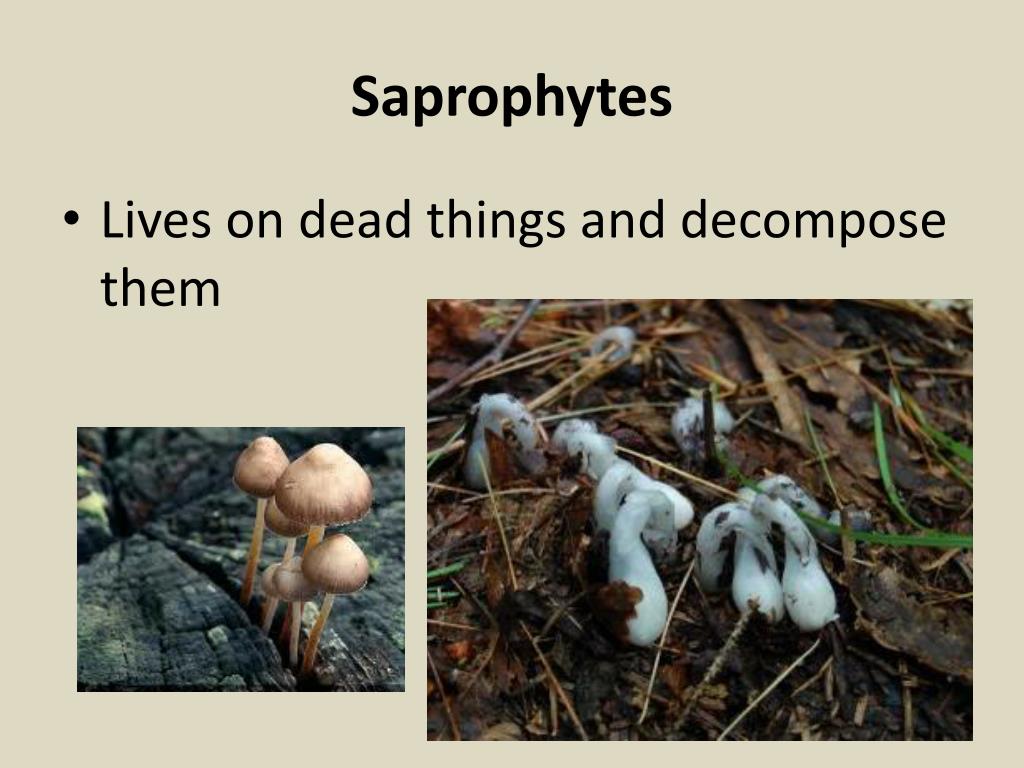
PPT Kingdom Fungi PowerPoint Presentation, free download ID3046843
Solution Saprophytes: Saprophytes are any organisms that depend on or consume other dead, rotting, or degraded organic substances. They do not consume living organisms, in contrast to parasites. Decomposed or decaying materials are converted by them into simple organic materials, which plants eventually consume.